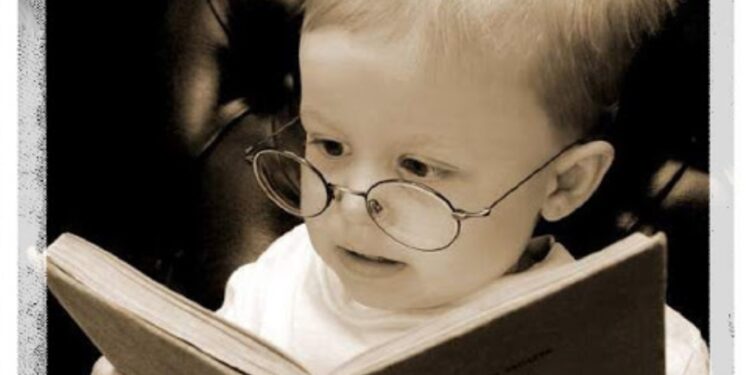How do you balance between teaching a child about their own culture and respecting it versus teaching a child about other cultures and respecting them? Some educators make you think that it is an all or nothing approach. That a person is either “Proud to be an American” or else “Respective of other cultures”, but they can’t be both. Some even take this to the extreme, that you feel like you want to just checkout from the whole discussion and visit the Fair Go casino login for some just plain fun.
But our children need to be educated because they are the torch bearers of our future.
What is the Core Knowledge Sequence?
E.D. Hirsch with the help of educators around the world created a list of “words” that he believed that all literate adults should know. He published his findings in the book: Cultural Literacy. This group then took that list and divided it between grades K-8. By covering all of these items, E.D. Hirsch believe that all children, no matter their family income level, gifted, learning issues, or even non-native English speakers would be entered the next phase of their life with the same strong foundation.
This sequence of knowledge was published under the name “Core Knowledge Sequence” (which is not to be confused with the Common Core State Standards).
I am going to focus on the History part of the sequence, but other subjects are interchanged. For example, when the History of China is studied, the art teacher teaches Chinese art, and the music teacher teaches about Chinese music. The subject are not intended to be taught in a vacuum.
Kindergarten

World:
- I. Geography: Spatial Sense
- II. An Overview of the Seven Continents
American:
- I. Geography
- II. Native American Peoples, Past and Present
- III. Early Exploration and Settlement
- A. The Voyage of Columbus in 1492
- B. The Pilgrims
- C. July 4, “Independence Day”
- IV. Presidents, Past and Present
- V. Symbols and Figures
Grade 1

World:
- I. Geography
- A. Spatial Sense
- B. Geographical Terms and Features
- II. Early World Civilizations
- A. Mesopotamia: The “Cradle of Civilization”
- B. Ancient Egypt
- C. History of World Religions
- III. Modern Civilization and Culture: Mexico
- A. Geography
- B. Culture
American:
- I. Early People and Civilizations
- A. The Earliest People: Hunters and Nomads
- B. Early American Civilizations
- II. Early Exploration and Settlement
- A. Columbus
- B. The Conquistadors
- C. English Settlers
- III. From Colonies to Independence: The American Revolution
- IV. Early Exploration of the American West
- V. Symbols and Figures
Grade 2

World:
- I. Geography
- A. Spatial Sense
- B. Geographical Terms and Features
- II. Early Asian Civilizations
- A. Geography of Asia
- B. India
- C. China
- III. Modern Japanese Civilization
- A. Geography
- B. Culture
- IV. The Ancient Greek Civilization
American:
- I. American Government: The Constitution
- II. The War of 1812
- III. Westward Expansion
- A. Pioneers Head West
- B. Native Americans
- IV. The Civil War
- V. Immigration and Citizenship
- VI. Fighting for a Cause
- VII. Geography of the Americas
- A. North America
- B. South America
- VIII. Symbols and Figures
Grade 3
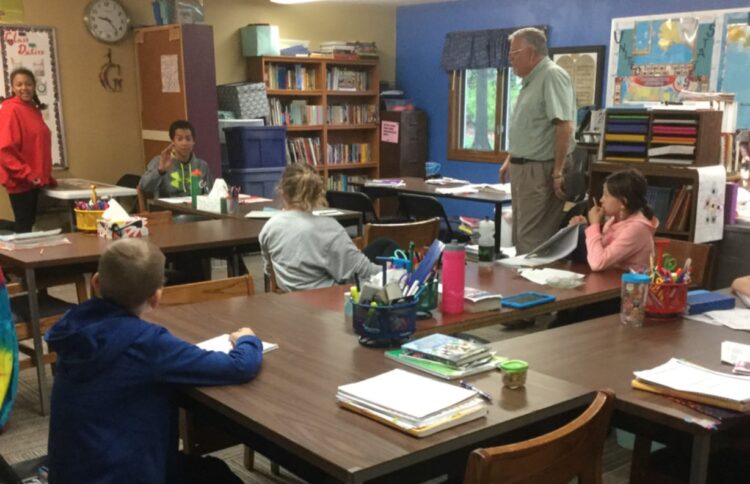
World:
- I. World Geography
- A. Spatial Sense
- B. Geographical Terms and Features
- C. Canada
- D. Important Rivers of the World
- II. The Ancient Roman Civilization
- A. Geography of the Mediterranean Region
- B. Background
- C. The Empire
- D. The “Decline and Fall” of Rome
- E. The Eastern Roman Empire: Byzantine Civilization
- III. The Vikings
American:
- I. The Earliest Americans
- A. Crossing from Asia to North America
- B. Native Americans
- II. Early Exploration of North America
- A. Early Spanish Exploration and Settlement
- B. Exploration and Settlement of the American Southwest
- C. The Search for the Northwest Passage
- III. The Thirteen Colonies: Life and Times Before the Revolution
- A. Geography
- B. Southern Colonies
- C. New England Colonies
- D. Middle Atlantic Colonies
Grade 4
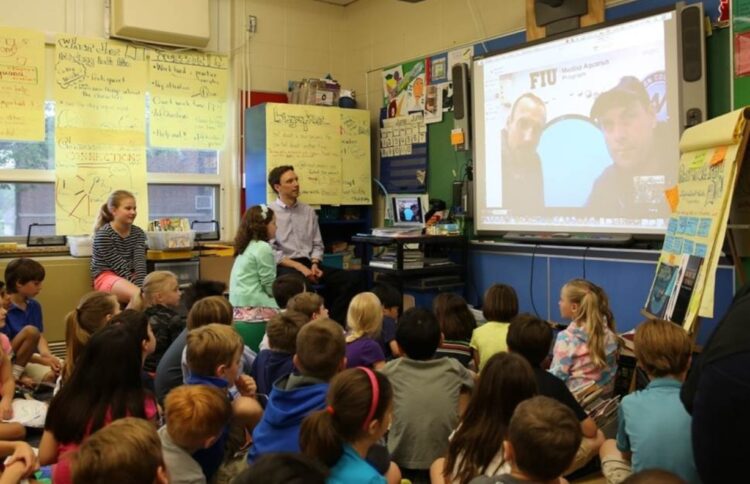
World:
- I. World Geography
- A. Spatial Sense
- B. Mountains and Mountain Ranges
- II. Europe in the Middle Ages
- A. Geography Related to the Development of Western Europe
- B. Background
- C. Developments in History of the Christian Church
- D. Feudalism
- E. The Norman Conquest
- F. Growth of Towns
- G. England in the Middle Ages
- III. The Spread of Islam and the “Holy Wars”
- A. Islam
- B. Development of Islamic Civilization
- C. Wars Between Muslims and Christians
- IV. Early and Medieval African Kingdoms
- A.Geography of Africa
- B. Early African Kingdoms
- C. Medieval Kingdoms of Sudan
- V. China: Dynasties and Conquerors
American:
- I. The American Revolution
- A. Background: The French and Indian War
- B. Causes and Provocations
- C. The Revolution
- II. Making a Constitutional Government
- A.Main Ideas Behind the Declaration of Independence
- B. Making a New Government: From the Declaration to the Constitution
- C. The Constitution of the United States
- D. Levels and Functions of Government (National, State, Local)
- III. Early Presidents and Politics
- IV. Reformers
- V. Symbols and Figures
Grade 5
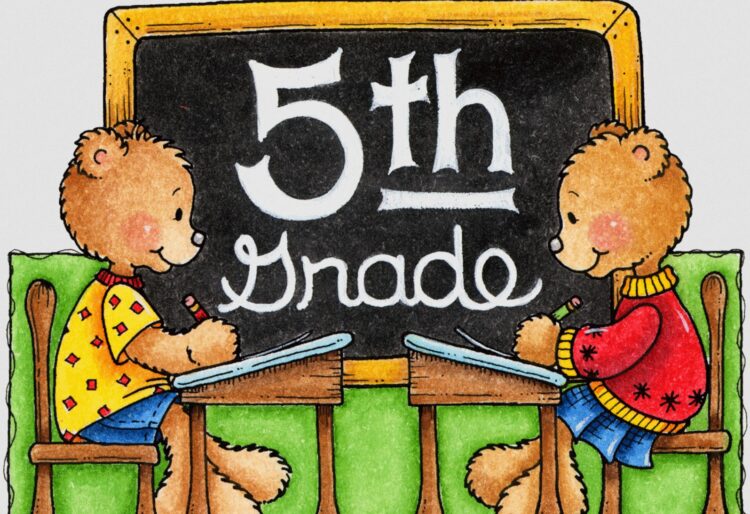
World:
- I. World Geography
- A. Spatial Sense
- B. Great Lakes of the World
- II. Early American Civilizations
- A. Geography
- B. Maya, Aztec and Inca Civilizations
- C. Spanish Conquerors
- III. European Exploration, Trade, and the Clash of Cultures
- A. Background
- B. European Exploration, Trade, and Colonization
- C. Trade and Slavery
- IV. The Renaissance and the Reformation
- A. The Renaissance
- B. The Reformation
- V. England from the Golden Age to the Glorious Revolution
- A. England in the Golden Age
- B. From the English Revolution to the Glorious Revolution
- VI. Russia: Early Growth and Expansion
- A. Geography
- B. History and Culture
- VII. Feudal Japan
- A. Geography
- B. History and Culture
American:
- I. Westward Expansion
- A. Westward Expansion before the Civil War
- B. Westward Expansion after the Civil War
- II. The Civil War: Causes, Conflicts, Consequences
- A. Toward the Civil War
- B. The Civil War
- C. Reconstruction
- III. Native Americans: Cultures and Conflicts
- A.Culture and Life
- B. American Government Policies
- C. Conflicts
- IV. U. S. Geography
Grade 6
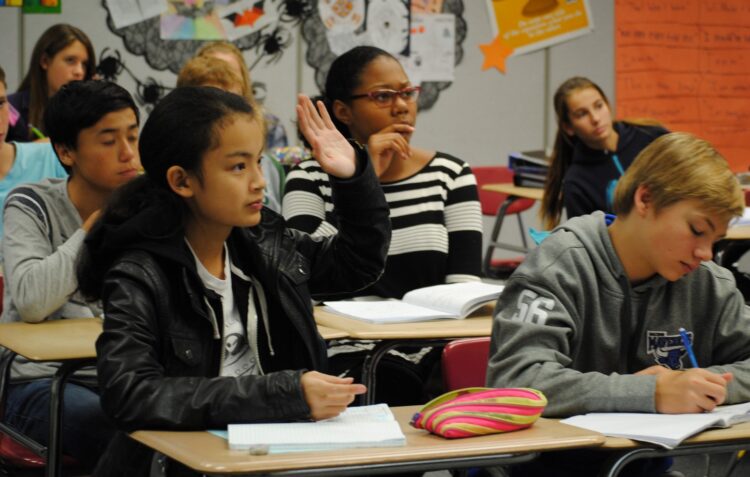
World:
- I. World Geography
- A. Spatial Sense
- B. Great Deserts of the World
- II. Lasting Ideas from Ancient Civilizations
- A. Judaism and Christianity
- B. Ancient Greece
- C. Ancient Rome
- III. The Enlightenment
- IV. The French Revolution
- V. Romanticism
- VI. Industrialism, Capitalism, and Socialism
- A. The Industrial Revolution
- B. Capitalism
- C. Socialism
- VII. Latin American Independence Movements
- A. History
- B. Geography of Latin America
American:
- I. Immigration, Industrialization, and Urbanization
- A. Immigration
- B. Industrialization and Urbanization
- II. Reform
Grade 7
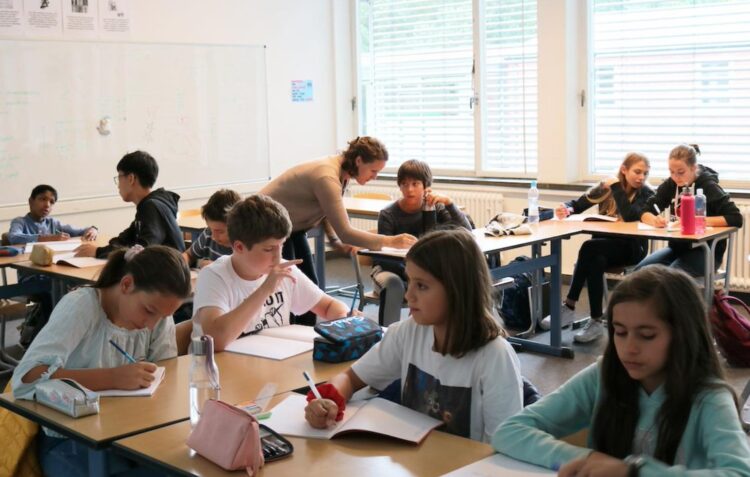
Note: In 7th and 8th grade, history is no longer divided into world history and American history. This has to do with the fact that after 1900, a lot of historical events are internationally related and that continues through the present day.
- I. America Becomes a World Power
- II. World War I: “The Great War,” 1914–1918
- A. History
- B. Geography of Western and Central Europe
- III. The Russian Revolution
- A. History
- B. Geography
- IV. America from the Twenties to the New Deal
- A. America in the Twenties
- B. The Great Depression
- C. Roosevelt and the New Deal
- V. World War II
- A. The Rise of Totalitarianism in Europe
- B. World War II in Europe and at Home, 1939–45
- C. World War II in the Pacific, and the End of the War
- VI. Geography of the United States
Grade 8
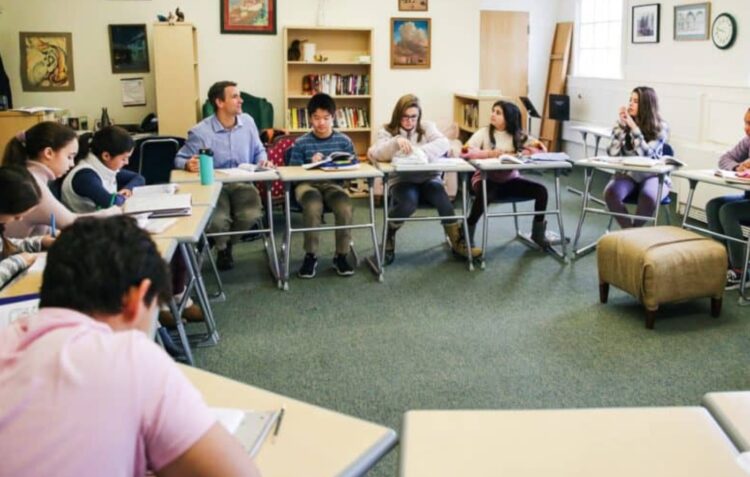
- I. The Decline of European Colonialism
- A. Breakup of the British Empire
- B. Creation of the People’s Republic of China
- II. The Cold War
- A. Origins of the Cold War
- B. The Korean War
- C America in the Cold War
- III. The Civil Rights Movement
- IV. The Vietnam War and the Rise of Social Activism
- A. The Vietnam War
- B. Social and Environmental Activism
- V. The Middle East and Oil Politics
- A. History
- B. Geography of the Middle East
- VI. The End of the Cold War: The Expansion of Democracy and Continuing Challenges
- A. The American Policy of Detente
- B. Breakup of the USSR
- C. China under Communism
- D. Contemporary Europe
- E. The End of Apartheid in South Africa
- VII. Civics: The Constitution—Principles and Structure of American Democracy
- VIII. Geography of Canada and Mexico
So what comes next?
Since this sequence was created around 1988, major events that took place after that point are not included in the sequence. Some high schools dedicate a whole school year to the “History of the 20th and 21st Century” because as many Black leaders point out today, the history of the last 100 years seems to be light in a lot of curriculums.
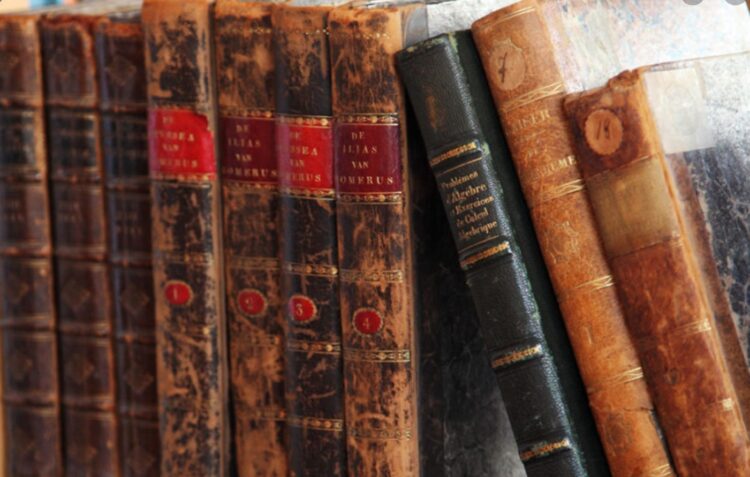
What is the Classical sequence of teaching history?
The “Classical Education” approach teaches history in a 4-year cycle. With each cycle, the student goes more and more in-depth.
- Year 1: Ancient History
- Year 2: Middle Ages
- Year 3: Early Modern History
- Year 4: Modern History
The problem that I notice, when this cycle is used, is that modern history includes everything from 1450 – Present. That is a lot of history to teach in a short time period, which leads to what a lot of people complain about that “current events” (or historical events in more recent modern history) are left out of the curriculum.

What is the Charlotte Mason sequence of teaching history?
The 6-year cycle was developed by Charlotte Mason.
- Area 1 (Grades 1 – 3): Students study their history. The major events and the major figures who were involved in the forming of their own country. With the US, there is debate on this. Does it begin in 1492 with Columbus? Does it begin when the first people landed in what is now Florida? Or does it begin when the first slaves arrived in the US? Some Black leaders today believe that the start of Black history in the US has a different starting point than the start of White history in the US? Who is right? Who is wrong? Are they both right? Are they both wrong? (Good thing we have the 1st Amendment and both sides are free to state their arguments)
Some also believe that this begins with the history of when England became a nation because America started as a colony of England. (Such a simple question can become a very complex question. - Area 2 (Grades 4 – 6): Students add the history of neighboring countries because their history is our history. For US students, that would be learning the history and culture of Mexico and Canada. But since a large number of immigrants migrate to the US from Central and Southern America, one can also say that would include the history and culture of those nations as well.
Others believe that since the US came from England, this is the time to teach England’s history. - Area 3 (Starting at Grade 5 and 6): Ancient History moving through the Dark Ages and Middle Ages.
- Area 4: This would be a 20th-century history.
The main difference between the classical sequence and the Charlotte Mason sequence is that in the classical sequence, history begins with Creation. In the Charlotte Mason sequence, history begins with the history of your own country.
The proponents of the classical sequence, believe that God and Creation were the foundation of history education that a child builds upon. Charlotte Mason believed that understanding one’s country (its history and its impact on the world) was the foundation that one’s history is built upon.
Although Charlotte Mason did believe in God, Charlotte Mason separated out the study of God from the study of history. But even in religion, Charlotte Mason believes that a child should have a solid education in their own religion before studying other religions.
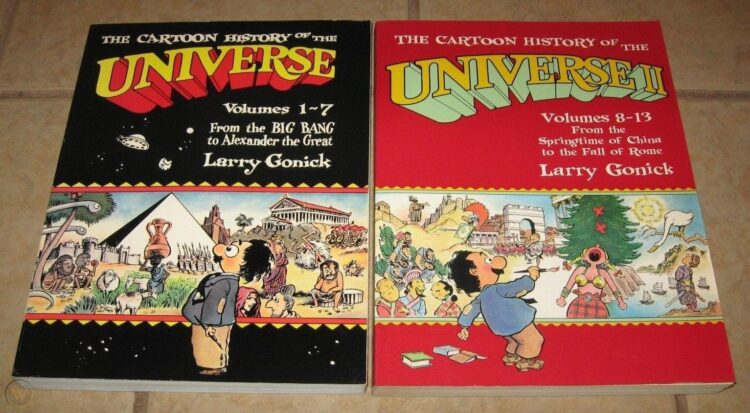
Cheater’s Path – Cartoon History of the Universe
Or if you ask my son, he thinks that children should just read the Cartoon History of the Universe Sequence of books:
- Cartoon History of the Universe: From the Big Bang the Napoleon the Great
- Cartoon History of the Universe: From the Springtime of China to the Fall of Rome
- Cartoon History of the Universe: From the Rise of Arabia to the Renaissance
- Cartoon History of the Modern World: From Columbus to the US Constitution
- Cartoon History of the Modern World: From Bastille to Baghdad
- Cartoon History of the United States
During 7th and 8th grade, my oldest son just read these books and got As in history (not to mention developing a love for the study of history that he still has to this day).
The only part that is missing is current modern history. For that I would recommend adding on the book “Chronicle of the 20th Century” which is a book that is just newspaper articles reprinted as they appeared when they were first printed. One page for every month from 1900 – 1987 (when the book was first published).
As for 1987 to the present? Create a class Wiki and make it a group project. Follow the example in Chronicles of the 20th-century book and create one page for each month from 1988 to the present.
That would be 384 pages, at one page per school day, it will only take 2 school years to complete. But the kids will definitely have a solid education in history when they are done.

